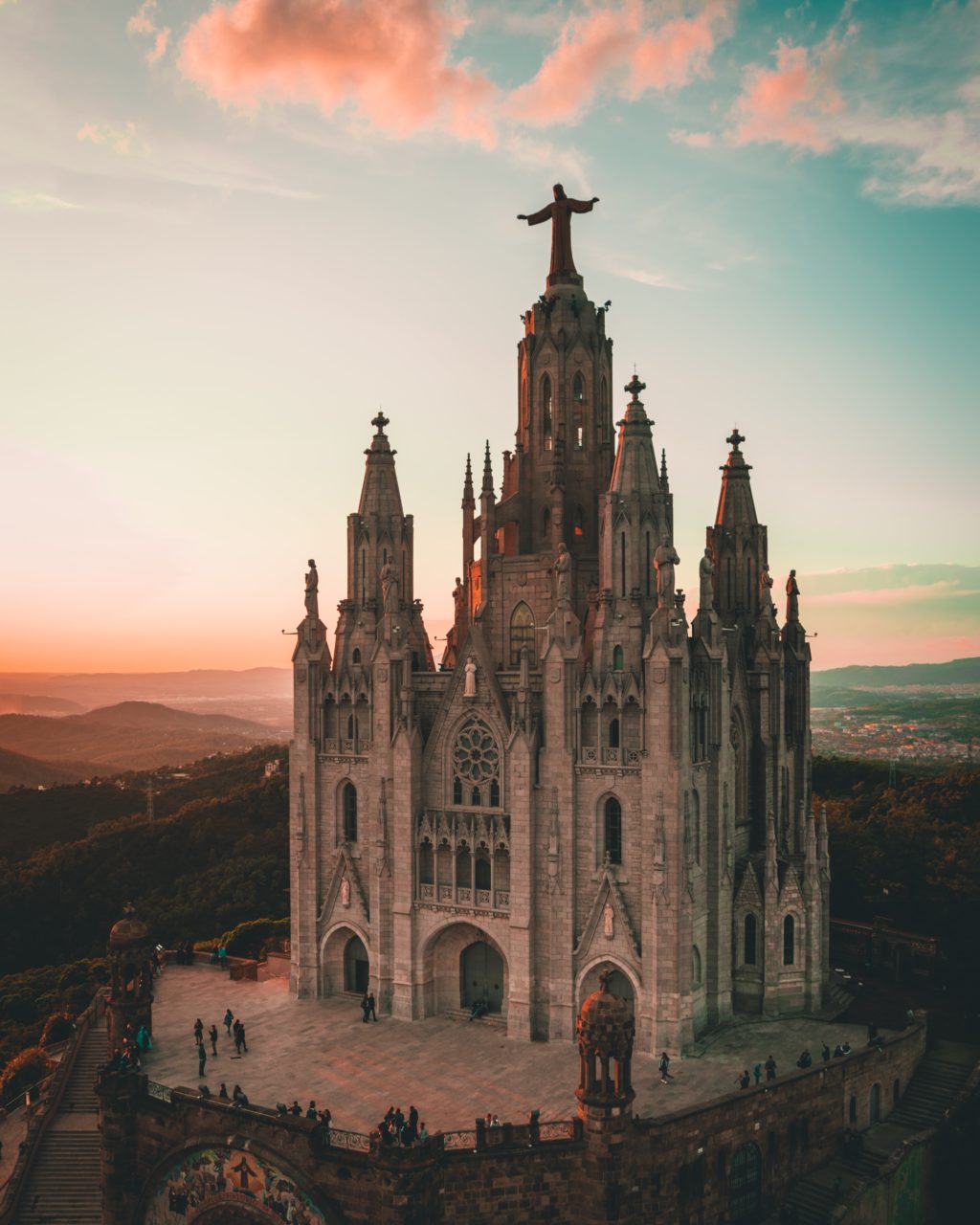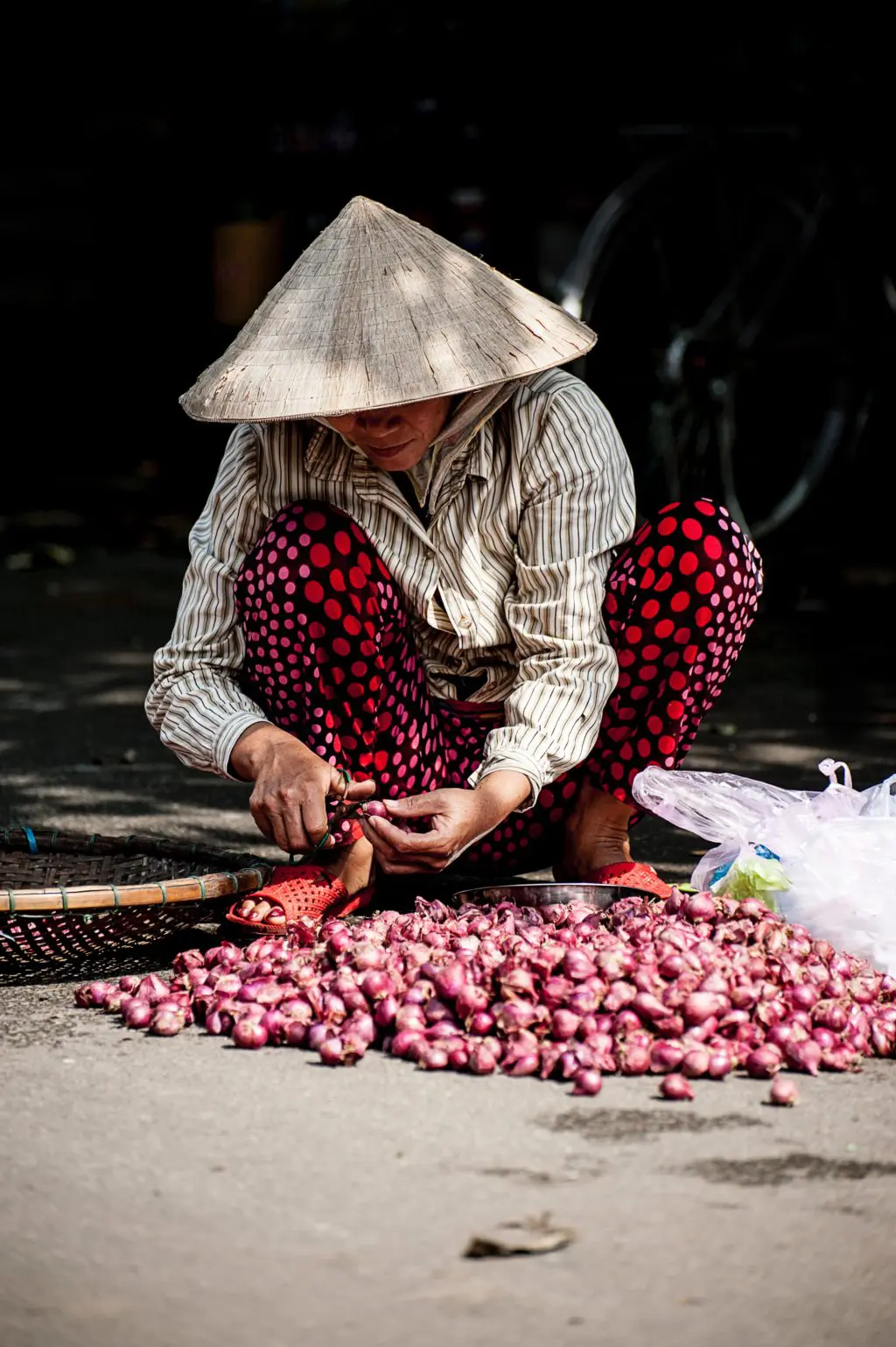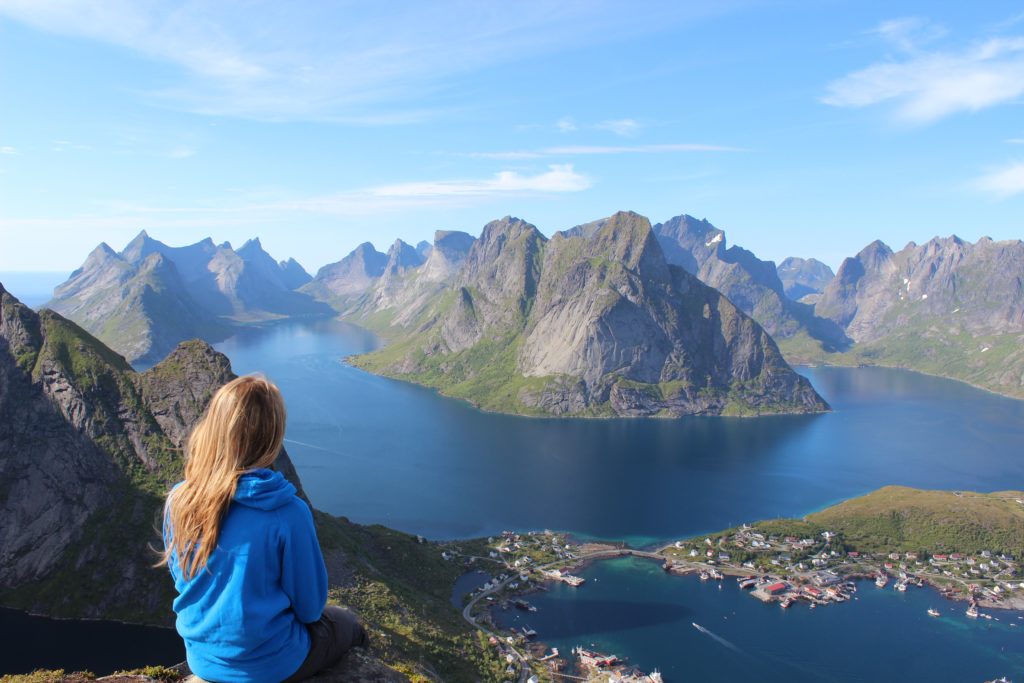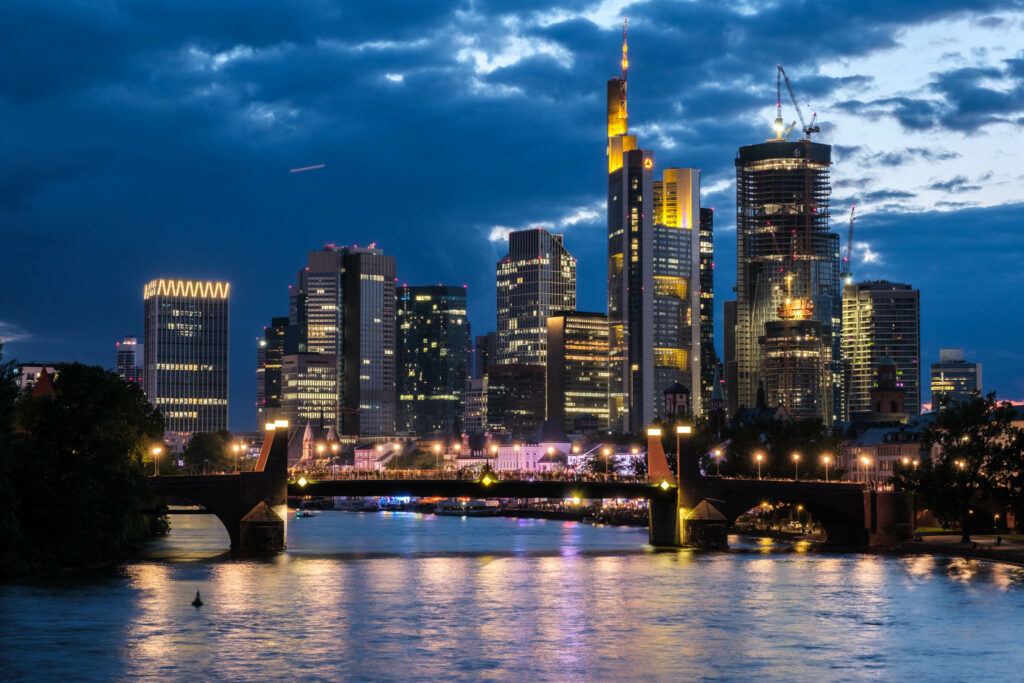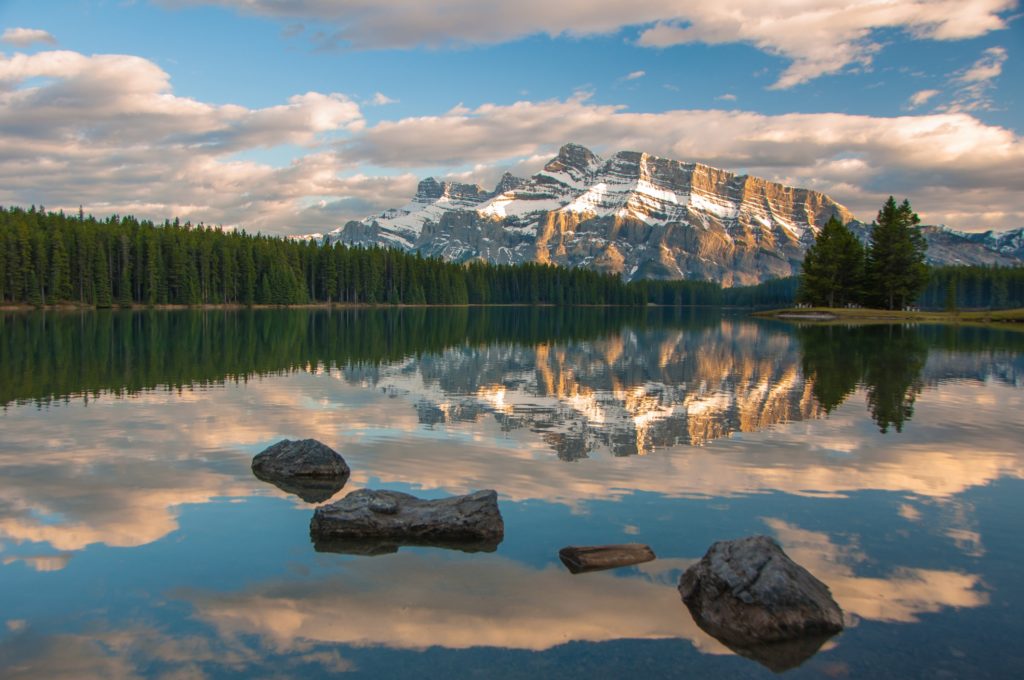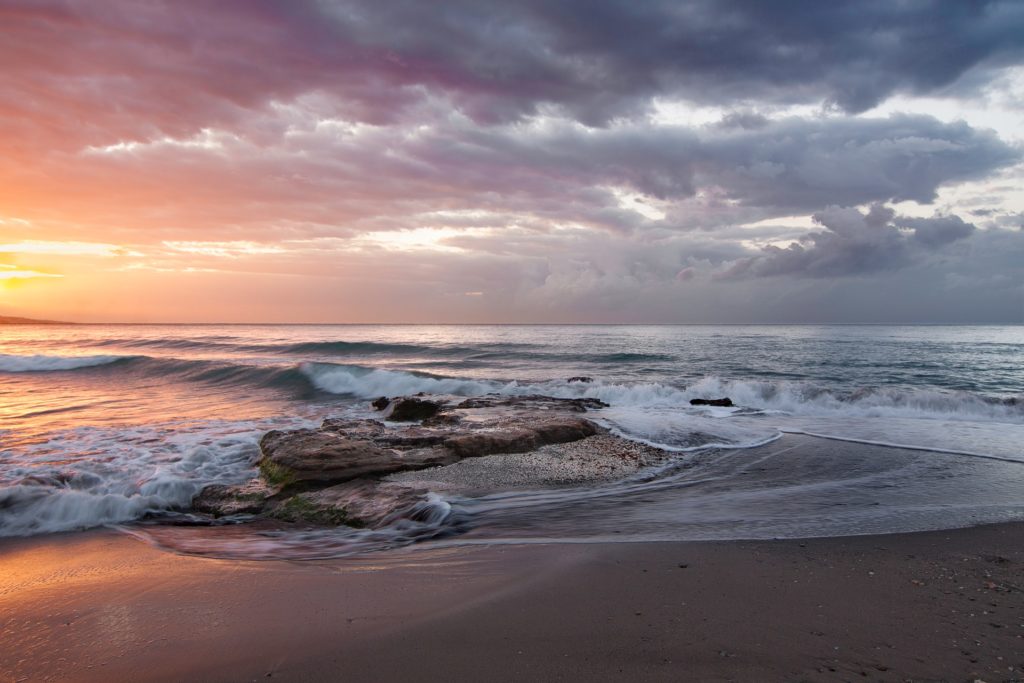Is there anything better than travel photography? Most of us enjoy travelling and we like to document what we see and experience during these travels.
This helps us to look back on these experiences later and enjoy the memories for years to come. Moreover, we do not stop with just taking photos, but we love to share them with friends and family, social media, or even submit them to a travel magazine or competition.
Travel photography is not about just creating snapshots or memories, but these images can create a lasting impression and make the viewers look at them twice if you put in a bit of effort and creativity into making more creative travel images.
We all know, as travellers, that each country or destination has its own history, landscape, culture, people and charm. Make sure you learn a bit about your destination before your travels, so you can plan your photography around capturing images that convey the real spirit of that place from your own perspective.
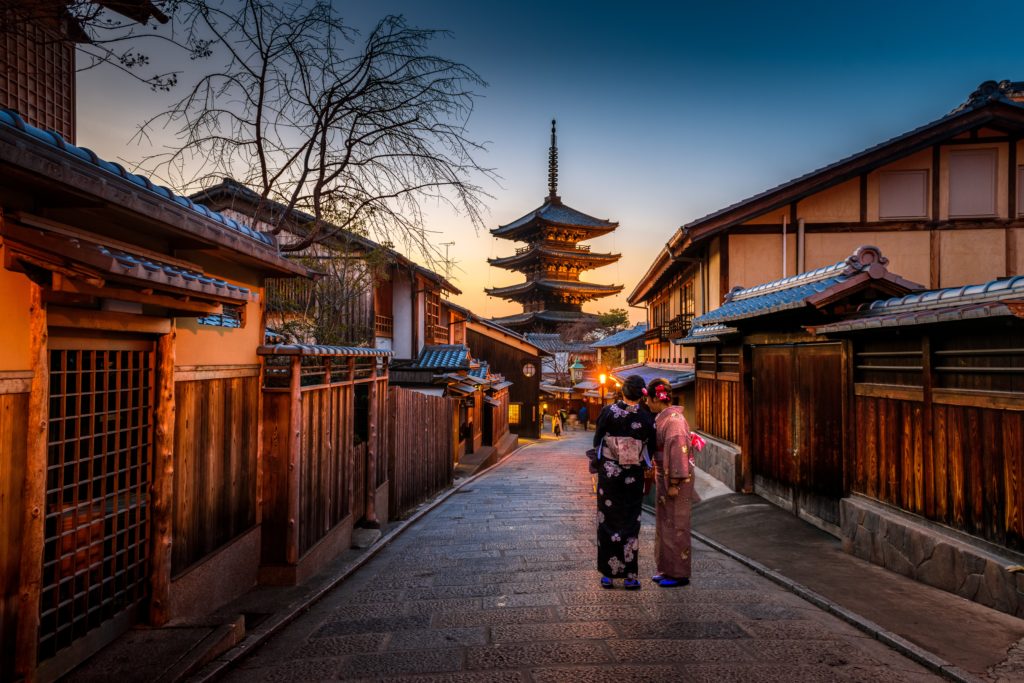
Here are five tips that you can employ the next time you travel, so you can spice up your travel photography:
1. Pay Attention to Details:
When you are travelling to different places, keep in mind that each place is unique and there is something that always makes the location stand out from the rest.
For example, look for unique signs, architecture, cafes, historical places, colours, patterns, graffiti, abandoned places, clothing, food and anything around you that shows or defines the little details about your destination. Also, some places have night markets that are unique to that place – so go about photographing them.
Photograph the details that make the place unique and enjoy the experience by exploring. Bear in mind to not pressurise yourself in photographing all the details as it can be exhausting on you especially while travelling.
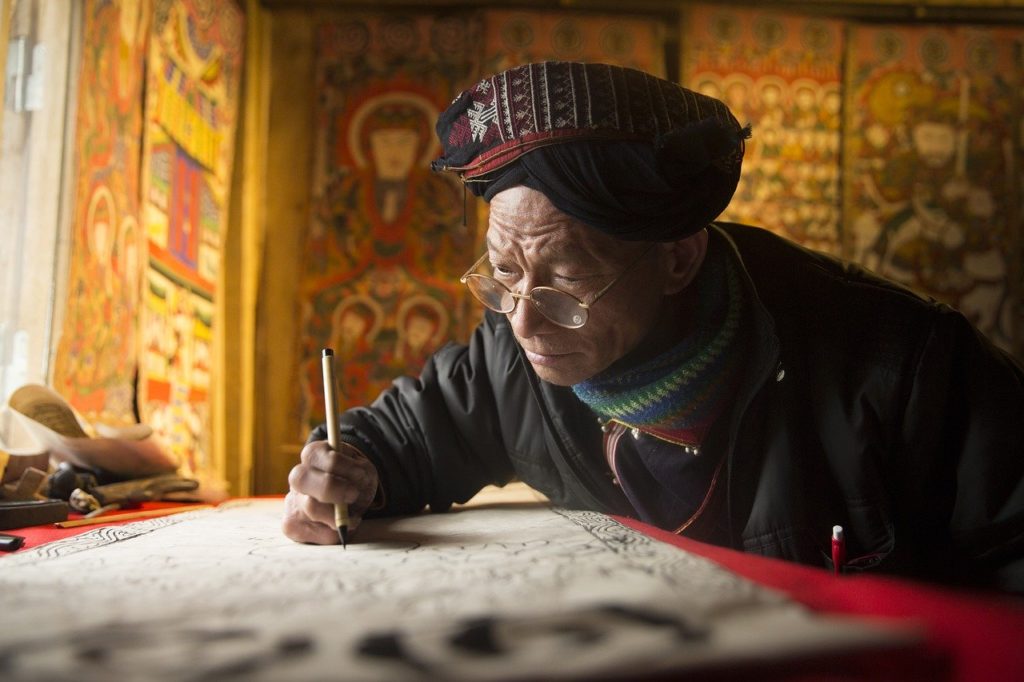
2. Think Differently:
Travel photography requires patience. Don't hurry around just snapping photographs that everyone else shoots – get off the tourist tracks and locations and explore, also, depending on where you are, making sure that you are in a safe area.
Think and act differently by walking around your location – if you are photographing landscapes, famous landmarks, cityscapes, etc. find the best perspective and light to shoot your subject.
Location scouting will come in handy if you have time so you can plan where to shoot from and when to shoot.
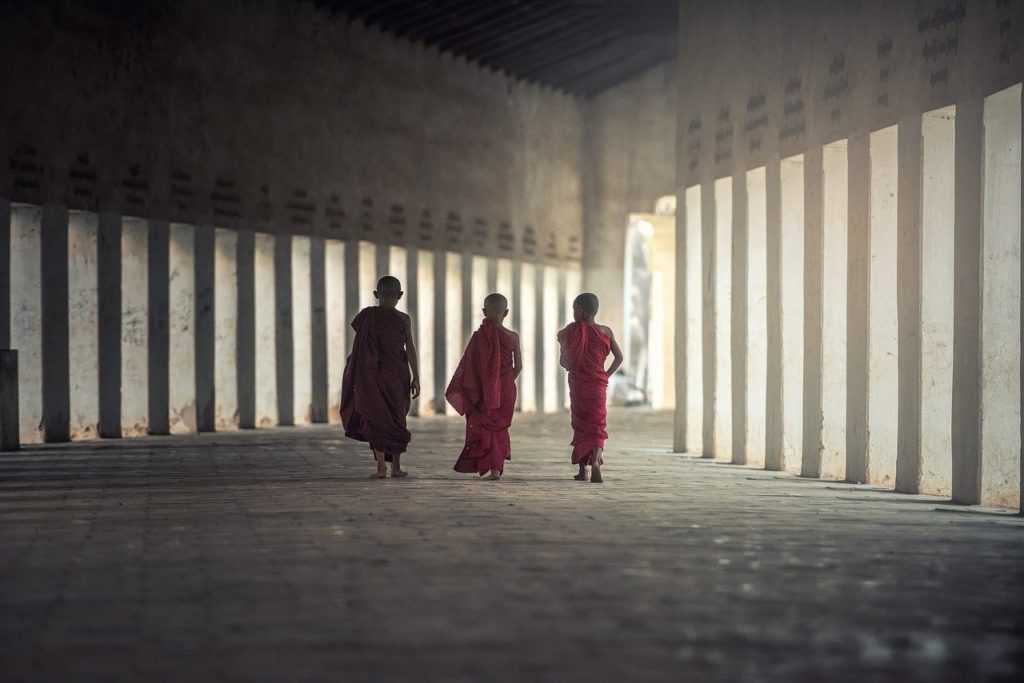
3. Give Importance to Composition:
As with all photography that you do, composition is key when taking travel photographs. Good composition can make a good photograph great. So, while placing elements, make sure you place them in such a way that they all relate to each other and speak the story that you want to tell.
Some of the compositional guidelines that you can incorporate into your travel photography are:
- the rule of thirds,
- negative space,
- the rule of odds,
- leading lines,
- s curve,
- patterns and textures,
- space for movement,
- contrast through colours
- light and shadows,
- juxtaposition.
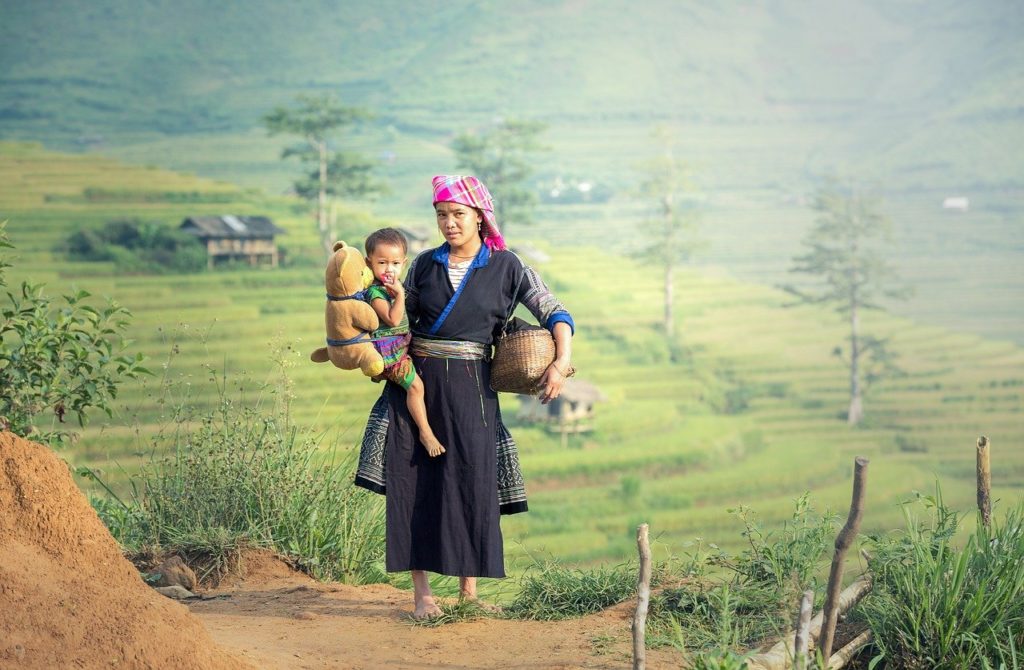
4. Look for the Light:
Light makes and breaks a photograph and this applies to anything that you will be shooting during your travels, be it a landscape, architecture or portraits.
The best time to shoot any of these is early in the mornings or late in the afternoons when the light will be soft, golden and will help accentuate textures and features of your subject. Early mornings also have an advantage where you will have the place to yourself away from the crowd and sunrise images are phenomenal!
So the best thing for you to do to get beautiful images is, to wake up early and stay out till late in the evening so you can document scenes right from the blue hour at dawn till the blue hour at dusk.
Maybe take a nap at noon to get yourself energised for the evening, night life, nightscape photography. It is also best to use apps like “The Photographer’s Ephemeris” or “Photopills” to do location scouting and/or decide on the direction of light for a particular location and time.
5. Photograph People and their Culture:
Most travel photographers stop with just photographing landscapes, famous landmarks and tourist locations of the destination, but forget the humans that make and bring life to the destinations that they travel to.
Photographing people and their culture can be very interesting, educational and can be a learning curve to venture into new areas of photography.
Walk around the areas, study and observe what the locals are doing and incorporate their lifestyles or daily activities to compose the image. Even better to learn a few basic words in the local language and use it to communicate with the locals to find out about their traditions, culture and daily activities.
Ask them to take their images if you are going for closeup posed images and these images can tell a great story about the life of the people in the area you are shooting. As much as possible, if there are other tourists, avoid them in the frame to get a truly authentic travel image.
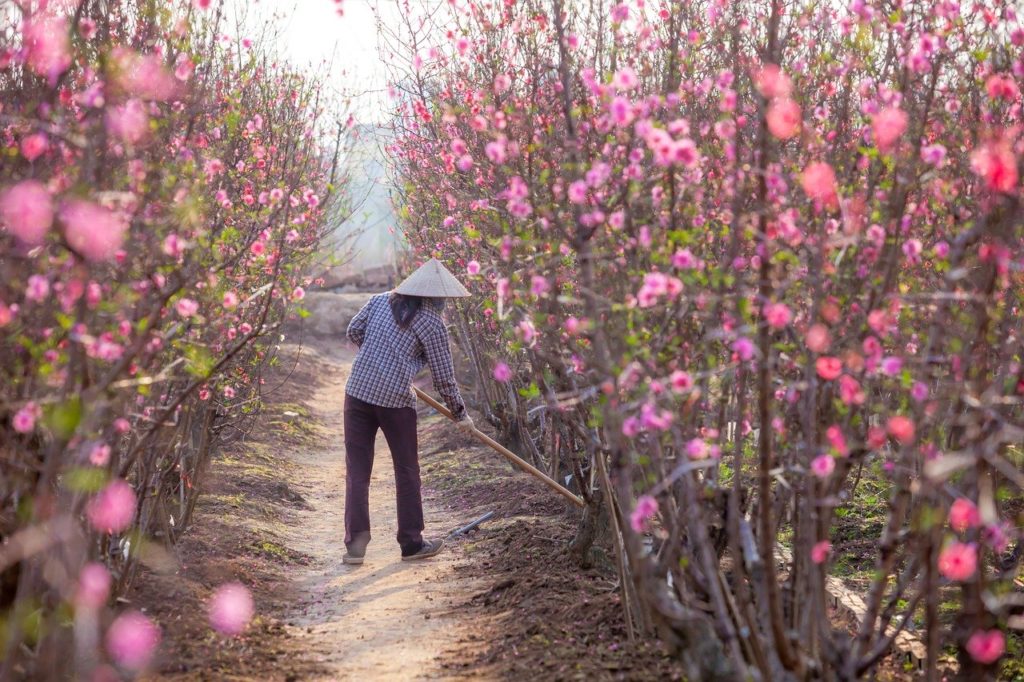
Remember to:
- Always have the camera with you and always shoot raw
- Backup images daily.
- Carry a good lightweight travel tripod if you need them for landscapes and long exposure photographs.
- Including humans in landscapes can tell a story and give a sense of the scale of the place.
- Stay safe and keep your gear discreet and carry them in bags with no flashy labels or expensive looks.
- Register and insure your photography gear
- Post process your travel images wisely to suit the vibe of the place you are photographing
- Use resources like 500px, Instagram or Google images to research about places and look at the recent photos, so you get an idea of how you can photograph differently.
- If you want yourself in the images, for example in a landscape, manually focus where you want to be and use a timer to take self-portraits.
Further Resources:
- 3 Free Guides To More Meaningful Travel Photography
- This is the Kit This Pro Uses for Travel Photography And Why He Chose It
- 5 Ways to Create More Interesting Travel Photos
- Travel Photography: 5 Free E-Books to Help You Capture Better Travel Photos
- Now THIS is Travel Photography – Carpenters’ Collection from the 20th Century
- 6 Ways Of Organizing Chaos In Travel Photography
- A Stunning Collection Of Photographs From Norway
- A Photographer’s Guide To The Gorgeous Colours of Venice
- A Photographers Guide To Havana (With 9 Gorgeous Shots)
- A Photographer’s Guide To Bordeaux
